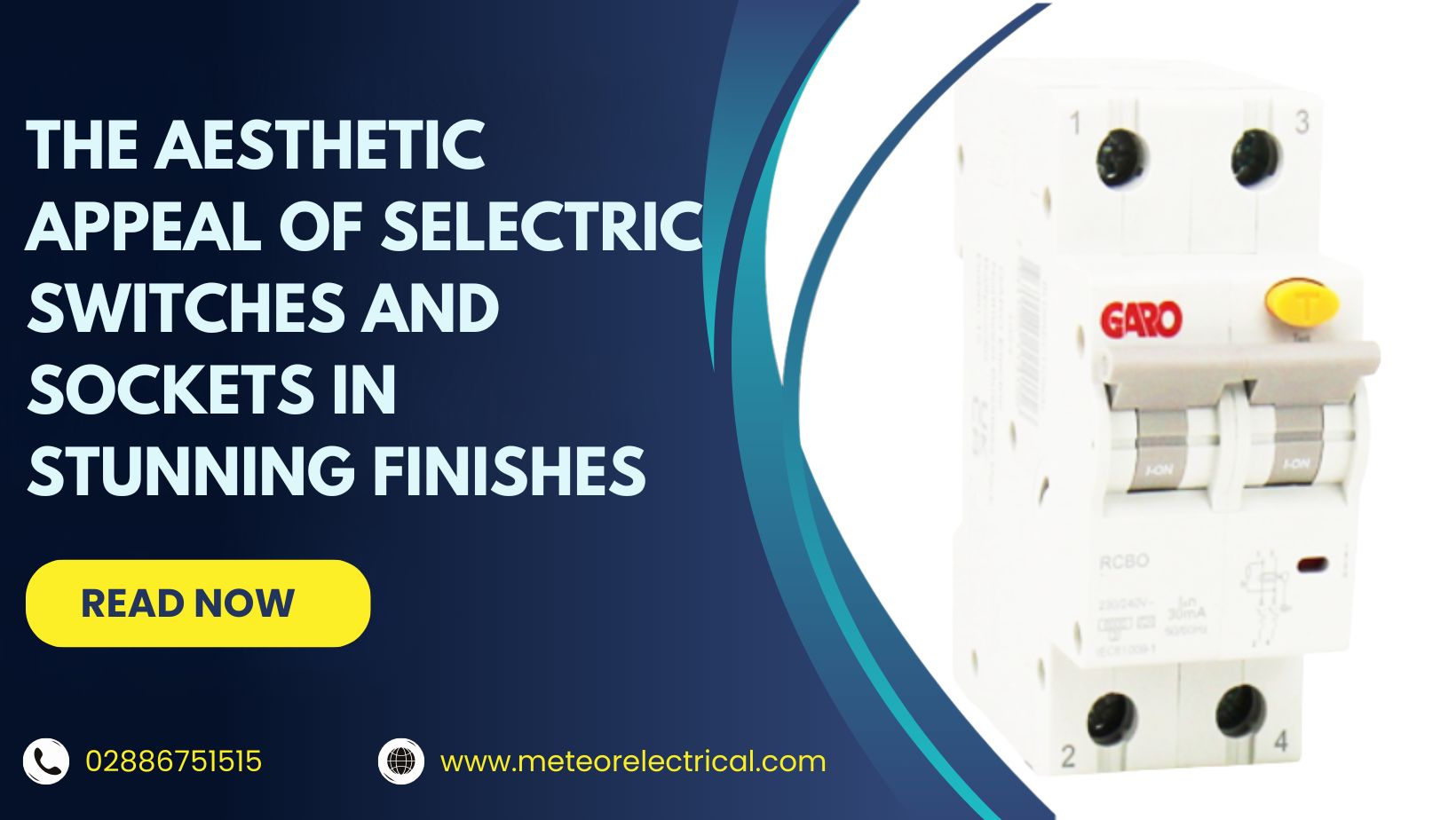Mastering Circuit Breakers: Types, Classifications & Expert Safety Tips
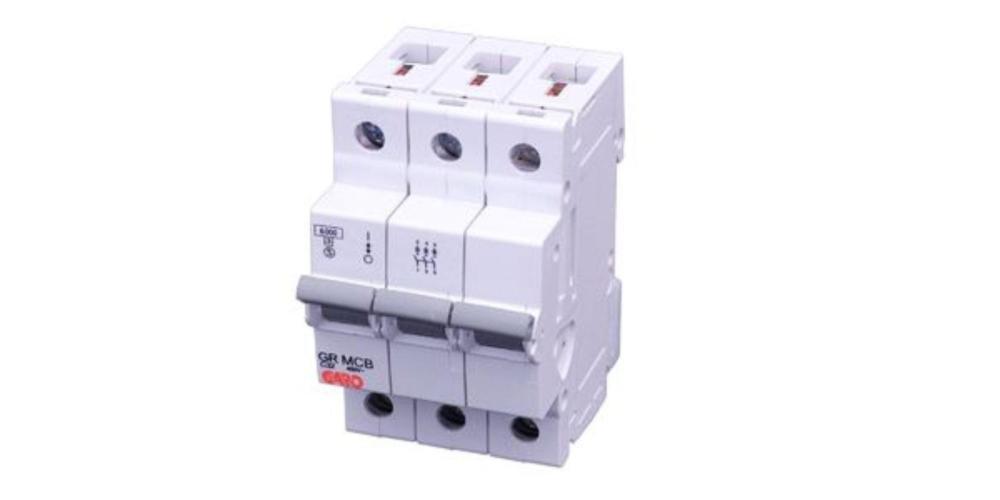
In today’s digitally powered world, electrical reliability and safety are more critical than ever. Power surges, short circuits, and unexpected faults can cause equipment damage, fire hazards, and even serious injury if not properly managed. That’s where circuit breakers play a vital role.
These essential components serve as the first line of defence in electrical systems—automatically interrupting current flow when irregularities occur. Whether you’re an electrician, a DIY renovator, or a facilities manager, understanding the different types of circuit breakers and how to choose the right one is key to safe, efficient installations.
In this guide, we’ll explore various circuit breaker types, their applications, classifications, and expert tips to help you optimise safety across residential, commercial, and industrial settings.
What Are Circuit Breakers?
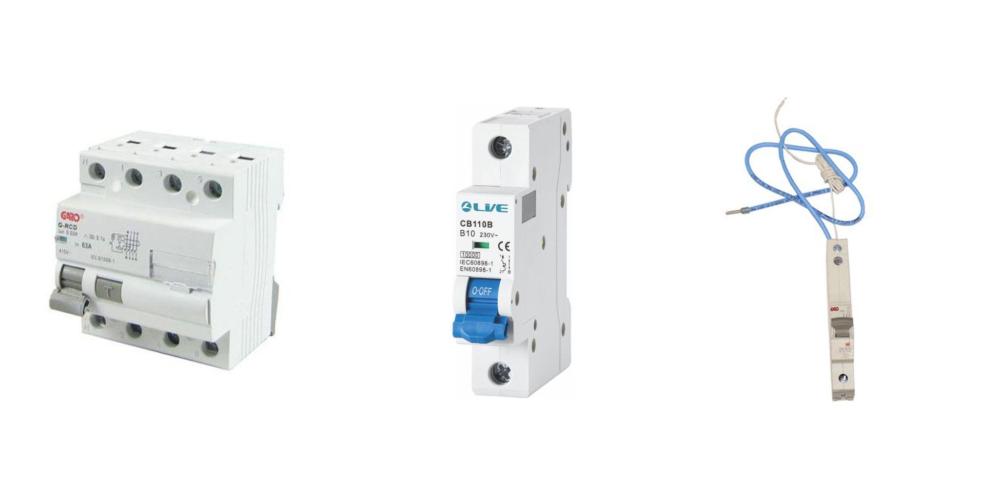
A circuit breaker is an automatically operated electrical switch designed to protect a circuit from damage due to overloads or short circuits. Unlike fuses—which must be replaced after a fault—circuit breakers can be reset, making them a reusable and cost-effective option.
According to Schneider Electric, circuit breakers are essential for maintaining electrical integrity and safety across homes, offices, and industrial facilities. They work by interrupting the current flow whenever a fault is detected, helping prevent fires, equipment damage, and electric shocks.
Different Types of Circuit Breakers

Choosing the right type of circuit breaker begins with understanding their unique features and use cases. Here's a breakdown of the most widely used breakers:
1. Miniature Circuit Breakers (MCBs)
Overview:
MCBs are compact, reliable devices designed to protect low-current circuits in homes and small businesses. They typically handle currents ranging from 6 to 63 amps.
Applications:
- Lighting circuits in homes
- Plug sockets in offices
- Small commercial equipment
2. Molded Case Circuit Breakers (MCCBs)
Overview:
MCCBs offer protection for higher current loads and allow for adjustable trip settings, making them ideal for commercial and industrial applications (ABB).
Applications:
- Large commercial buildings
- Industrial machinery
- Warehouse facilities
3. Residual Current Circuit Breakers (RCCBs)
Overview:
RCCBs are designed to detect electrical leakages—often caused by moisture or faulty wiring—and instantly cut off power to prevent electrocution (Legrand UK).
Applications:
- Bathrooms and kitchens
- Outdoor sockets
- Swimming pool areas
4. Arc Fault Circuit Interrupters (AFCIs)
Overview:
AFCIs prevent electrical fires by detecting dangerous arc faults in wiring or appliances. They’re particularly important in areas where fire hazards are higher (The Fire Protection Association).
Applications:
- Living rooms and bedrooms
- Homes with older wiring
- Properties at higher fire risk
5. Ground Fault Circuit Interrupters (GFCIs)
Overview:
Also known in the UK as Residual Current Devices (RCDs), GFCIs trip when they detect imbalances between live and neutral wires—preventing electric shock (Gov.uk).
Applications:
- Garages
- Kitchens
- Outdoor environments
Credit: David Jones
Other Types of Circuit Breakers
In addition to the commonly used types, there are several specialised breakers for unique applications:
- Air Circuit Breakers (ACBs): Used in high-voltage installations; employ air to extinguish the arc.
- Oil Circuit Breakers: Found in legacy systems; use mineral oil as the arc quenching medium.
- SF₆ (Sulphur Hexafluoride) Circuit Breakers: Offer high-performance arc extinguishing and insulation in medium to high-voltage networks.
- Vacuum Circuit Breakers: Utilise a vacuum as the interrupting medium; ideal for medium-voltage systems in industrial settings.
Arc Interruption Mechanism: Preventing Electrical Fires
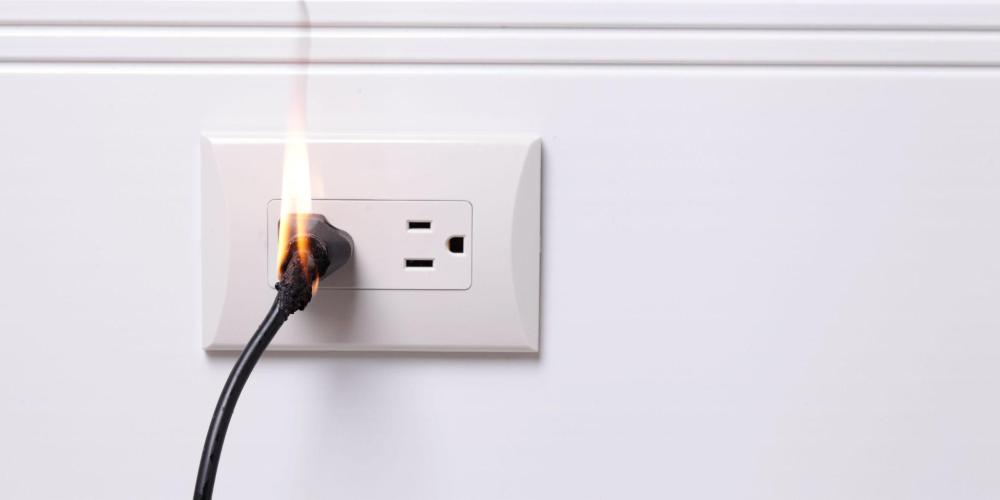
Arc faults occur when electricity jumps across a gap due to damaged insulation or faulty wiring. These arcs generate extreme heat and are a leading cause of residential electrical fires.
Arc Fault Circuit Interrupters (AFCIs) play a vital role in stopping arc faults before they escalate into disasters.
How AFCIs Work:
- Continuously monitor the waveform of current flow
- Detect patterns consistent with dangerous arcs
- Instantly trip the circuit to prevent ignition
According to the Electrical Safety Foundation International (ESFI), incorporating AFCIs into your home greatly enhances safety—especially in older properties where insulation degradation is more likely.
How Are Circuit Breakers Classified?
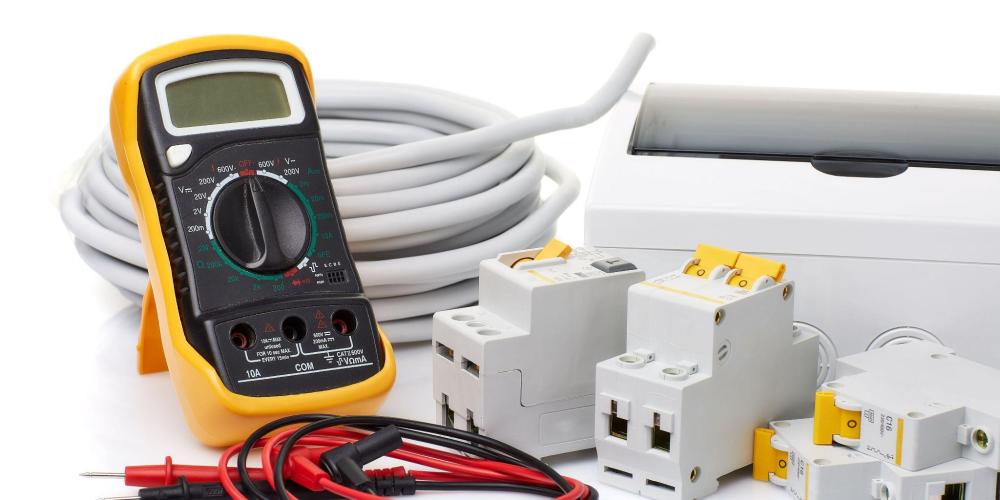
Circuit breakers can be classified based on voltage level, arc interruption mechanism, and installation environment. Understanding these helps ensure proper selection for each project.
1. By Voltage
- Low Voltage (≤1,000V): Most common for homes and small businesses.
- Medium Voltage (1,000V–72,000V): Suitable for substations and large installations.
- High Voltage (>72,000V): Used in utility-level power distribution (Siemens UK).
2. By Interruption Mechanism
- Air Magnetic: Uses magnetic fields to break the arc.
- Air Blast: Employs high-pressure air jets for arc extinguishing.
- Oil Circuit Breakers: Quench arcs using mineral oil (both bulk and minimum oil designs).
- SF₆ Circuit Breakers: Use sulphur hexafluoride gas for high dielectric strength and arc control.
- Vacuum Circuit Breakers: Efficiently interrupt arcs in a vacuum, preventing oxidation and reducing wear.
3. By Installation Location
- Indoor Circuit Breakers: Installed in protective panels or switchboards indoors.
- Outdoor Circuit Breakers: Weather-resistant, installed externally with robust enclosures.
How to Choose the Best Circuit Breaker: A Comprehensive Guide?
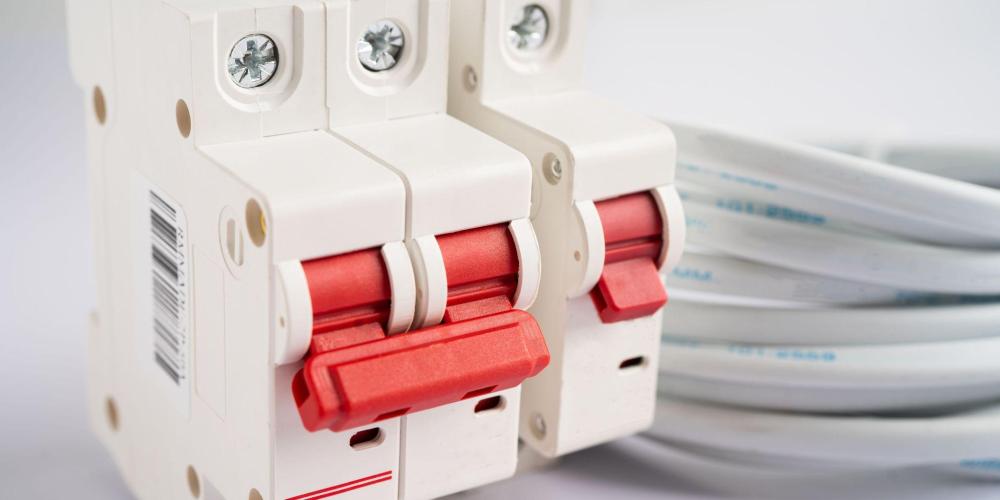
Choosing the right circuit breaker is critical to ensuring the safety, efficiency, and longevity of your electrical system. Whether you're working on a residential installation or managing a large commercial facility, selecting the correct breaker type requires a balanced approach to performance, protection, and cost-effectiveness. In this guide, we'll walk through essential criteria, offer practical tips, and explore emerging technologies that could influence your decision.
Credit: The Electrical Guy
Key Factors for Selecting the Right Circuit Breaker
Current Rating
The current rating is one of the most important specifications to consider. It represents the maximum current a circuit breaker can handle without tripping. Selecting a breaker with too low a rating can cause unnecessary outages, while one that is rated too high might fail to protect the circuit effectively.
Tip: Always match the current rating to the actual load requirements of your system to ensure optimal protection and efficiency.
Voltage Rating
The voltage rating must align with the electrical system’s voltage level. Mismatched ratings can lead to equipment failure or serious safety hazards.
- Low-voltage circuit breakers: Suitable for most residential and small commercial systems.
- Medium to high-voltage breakers: Used in industrial settings and utility networks.
According to Schneider Electric, choosing a breaker with a compatible voltage rating ensures the safe and stable operation of your system.
Trip Characteristics
Trip characteristics define how a circuit breaker responds to overcurrents. There are three main types:
- Thermal-Magnetic: Combines thermal protection (for overloads) and magnetic protection (for short circuits). Ideal for general residential and commercial use.
- Electronic: Offers fine-tuned settings, ideal for industrial applications with variable loads.
- Digital: Includes smart monitoring and analytics, used in complex, high-performance systems.
As ABB notes, choosing the correct trip unit improves system safety and can reduce maintenance costs over time.
Environmental Conditions
Where the circuit breaker is installed directly impacts which type to choose:
- Indoor Breakers: Best for clean, temperature-controlled environments.
- Outdoor Breakers: Must be weather-resistant and typically feature sealed enclosures to protect against moisture and dust.
Refer to Siemens UK guidelines for choosing breakers based on environmental factors such as temperature fluctuations, humidity, and exposure to chemicals.
Special Protection Requirements
In areas with harsh or corrosive conditions, or where equipment is exposed to water or dust, specialised breakers are a must. Look for features such as:
- Moisture-resistant coatings
- Corrosion-proof housings
- Dust-sealed enclosures
Legrand UK recommends using circuit breakers certified for ingress protection (IP-rated) to extend lifespan and maintain system safety.
Compliance with Electrical Standards
Always choose breakers that meet UK and international standards, such as:
- BS EN 60898 for residential and light commercial use
- BS EN 60947 for industrial systems
Compliance not only ensures safety but is also required by Building Regulations and IEE Wiring Regulations (BS 7671).
Installation and Maintenance Tips
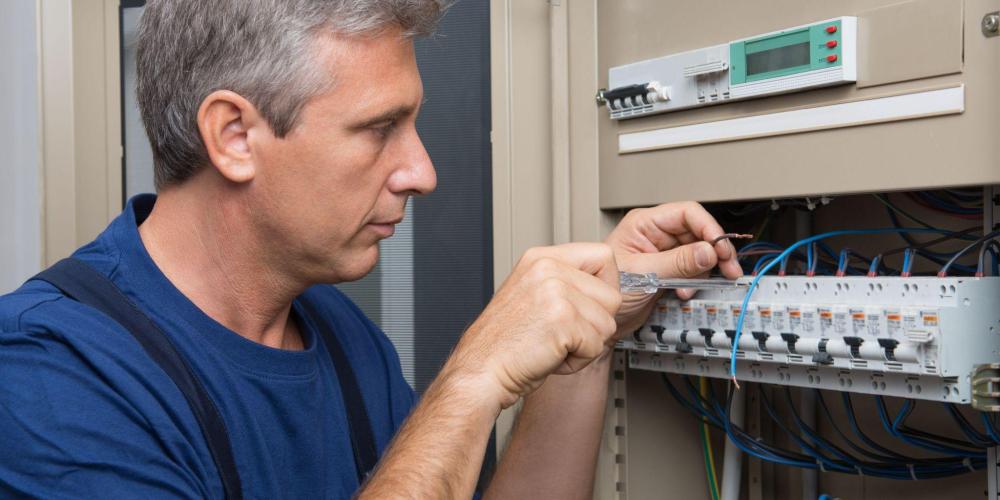
Proper installation and maintenance of circuit breakers help prevent failure, reduce downtime, and ensure compliance with legal requirements.
Professional Installation
A certified electrician should always install circuit breakers to comply with UK wiring standards and regulations. This ensures:
- Correct sizing and compatibility
- Proper wiring techniques
- Safe integration into existing systems
Electrical Safety First recommends professional installation as the most effective way to prevent fire risks and system failures.
Regular Inspections
Visual and functional checks should be performed periodically:
- Look for burnt smells, discolouration, or crackling sounds
- Check for tripping under normal load
- Verify that breaker labels remain legible
Frequent tripping could indicate an undersized breaker or an issue within the connected appliance.
Functional Testing
Most manufacturers advise manual tripping tests at regular intervals to confirm operation. This can also involve insulation resistance tests or thermal imaging for commercial setups.
Maintenance Logs
Keep a detailed record of:
- Installation date
- Inspection and testing intervals
- Any servicing or replacements
Well-maintained logs assist in troubleshooting and compliance inspections.
Upgrading for Load Increases
When your system demands grow (e.g., new appliances, machinery, or EV chargers), upgrading your breaker to a higher current rating or a smarter version may be necessary. Always consult a professional for this process.
Smart Circuit Breakers and Future Innovations
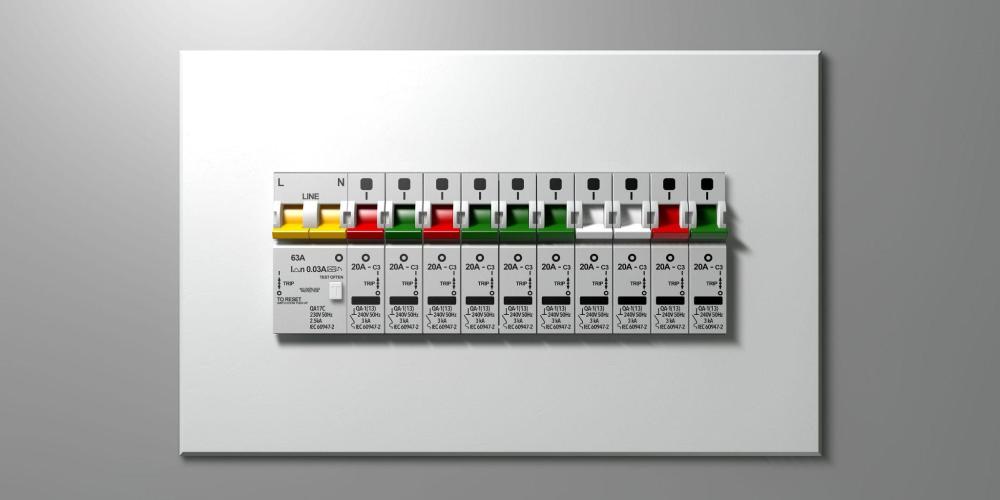
As the electrical industry evolves, smart circuit breakers are becoming a standard in both domestic and commercial installations.
What Are Smart Circuit Breakers?
These are digitally controlled breakers equipped with sensors, IoT integration, and advanced software capabilities.
Features include:
- Remote Monitoring: Check energy consumption and system health via apps or online dashboards.
- Automated Alerts: Get real-time notifications for faults, overloads, or arc faults.
- Integration with Smart Homes: Connect seamlessly with smart lighting, HVAC, or solar systems.
Benefits of Smart Breakers
- Increased Safety: Rapid fault detection reduces fire and shock risks.
- Energy Efficiency: Identify and eliminate energy wastage.
- Convenience: Adjust settings remotely and schedule load controls.
These are especially valuable for property managers, smart home owners, and industrial automation systems.
Emerging Trends
- IoT Connectivity: More breakers will integrate with smart grid and home automation systems.
- Eco-Friendly Materials: Lower-carbon designs and recyclable components are gaining traction.
- Predictive Maintenance: AI-driven analytics will predict failures before they occur, reducing downtime.
Common Questions About Circuit Breakers
How Many Types of Circuit Breakers Are There?
There are over 10 commonly used types, including MCBs, MCCBs, RCCBs, AFCIs, GFCIs, ACBs, SF6, oil, and vacuum circuit breakers.
What Are the 3 Main Types of Breakers?
- Thermal-Magnetic Breakers
- Electronic Breakers
- Digital Breakers
These are categorised based on how they detect and respond to faults.
What Are the Best Circuit Breakers for Home Use?
- MCBs for general home circuits
- RCCBs for bathroom/kitchen outlets
- AFCIs for fire-prone areas like bedrooms
- GFCIs (or RCDs in the UK) for outdoor and damp environments
Can Circuit Breakers Be Used Outdoors?
Yes, but only if they are IP-rated and designed for outdoor use. Weatherproof enclosures are a must for safe outdoor operation.
How Often Should Circuit Breakers Be Tested?
Domestic breakers should be tested annually, while commercial installations often require testing every 6 months depending on the load and usage.
Final Takeaway
Selecting the right circuit breaker is more than just a technical decision—it’s a commitment to safety, efficiency, and future-proofing your electrical infrastructure. From understanding current and voltage ratings to exploring smart technologies and regulatory compliance, every factor plays a role in building a robust and reliable system.
As technology evolves and energy demands increase, the importance of upgrading to advanced circuit protection has never been greater.
Buy Reliable Circuit Breakers Online
Looking for dependable and certified circuit breakers? Browse the wide range of GARO circuit breakers at Meteor Electrical. Whether you're a professional electrician or a DIY homeowner, you'll find breakers for every need—backed by UK standards and unbeatable quality.
Frequently Asked Questions (FAQs)
1. What is a circuit breaker and why is it important?
A circuit breaker automatically disconnects power in case of faults like overloads or short circuits, preventing damage and ensuring user safety.
2. How can I tell if my circuit breaker is faulty?
Frequent tripping, burning smells, or visible damage are signs of a failing breaker. If you suspect an issue, have it inspected immediately.
3. Are smart circuit breakers worth the investment?
Yes—especially in modern homes or commercial setups. They improve safety, efficiency, and provide actionable energy data.
4. Can I install a circuit breaker myself?
While some basic installations may be DIY-friendly, it’s best to hire a certified electrician for full compliance with UK wiring regulations.
5. What's the difference between MCB and MCCB?
MCBs are used for lower currents (typically residential), while MCCBs handle higher currents and offer more customisation—ideal for industrial use.

